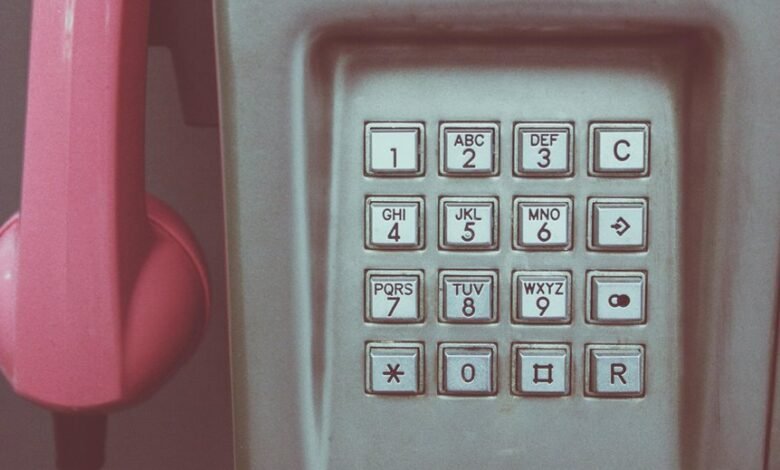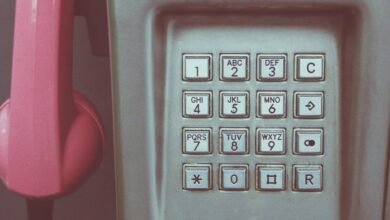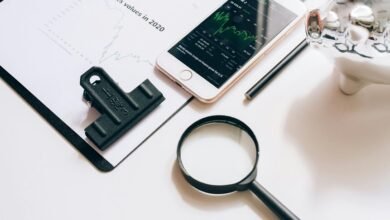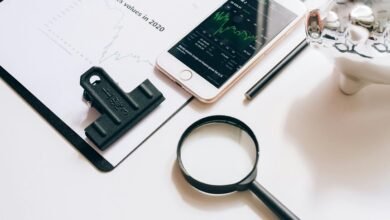Who Called You From 18008670904, 18008720679, 18008778849, 18008780901, 18008994047, and 18009034697? Find Out Everything About Any Phone Number

Unfamiliar phone numbers can often lead to confusion and concern. The numbers 18008670904, 18008720679, 18008778849, 18008780901, 18008994047, and 18009034697 are no exception. Understanding their origins is crucial for identifying potential threats. Many of these calls may originate from telemarketers or scammers. By utilizing phone lookup tools, individuals can uncover the truth behind these calls, which raises questions about their effectiveness and reliability. What insights might these resources reveal?
Understanding the Origin of Unfamiliar Phone Numbers
How can individuals ascertain the origin of unfamiliar phone numbers? By examining phone number geography, one can determine potential locations linked to specific area codes.
Additionally, understanding caller ID history offers insights into previous usages of the number.
Utilizing online databases and reverse lookup services enhances the accuracy of identifying the caller, empowering individuals to reclaim their communication autonomy in an increasingly connected world.
Common Sources of Unsolicited Calls
Unfamiliar phone numbers often signal unsolicited calls, which can originate from a variety of sources.
Commonly, telemarketing tactics are employed by businesses seeking potential customers, while robocall regulations often fail to deter illegal operations.
These sources exploit loopholes in legislation, contributing to the proliferation of unwanted communications.
Understanding these origins can empower individuals to better manage and mitigate unsolicited call experiences.
How to Identify Potential Scammers
While many phone calls may appear legitimate at first glance, certain indicators can help individuals identify potential scammers.
Common scam indicators include unsolicited requests for personal information and high-pressure tactics.
Additionally, caller behavior such as aggressive language or a lack of transparency about their identity raises red flags.
Awareness of these factors empowers individuals to protect their personal information from potential threats.
Tools and Resources for Phone Number Lookup
Recognizing potential scams is only the first step in safeguarding personal information; utilizing effective tools and resources for phone number lookup can further enhance one’s defense against unwanted calls.
Reverse phone lookup services and online directories offer users the ability to identify callers. These resources compile extensive databases, providing valuable insights into unknown numbers, thus empowering individuals to make informed decisions regarding their privacy.
Protecting Yourself From Phone Scams
In the context of phone scams, recognizing scam calls is crucial for personal security.
Individuals must also be vigilant in reporting suspicious numbers to relevant authorities to mitigate the risk to others.
Furthermore, avoiding the disclosure of personal information during unsolicited calls significantly reduces vulnerability to fraud.
Recognizing Scam Calls
How can individuals effectively distinguish between legitimate calls and potential scams?
Recognizing scam calls involves understanding common scam call tactics, such as pressure to act quickly or requests for personal information.
Identifying red flags, like unfamiliar numbers or unsolicited offers, can empower individuals to protect themselves.
Awareness of these tactics fosters informed decision-making, allowing one to navigate the landscape of phone communications with confidence.
Reporting Suspicious Numbers
After identifying potential scam calls, individuals must take proactive steps to report suspicious numbers.
Reporting guidelines vary by region but often involve contacting local authorities or telecommunications providers.
By documenting details such as the caller’s number and the nature of the call, individuals can assist in investigations.
Reporting suspicious callers not only protects oneself but also contributes to the broader effort against phone scams.
Avoiding Personal Information
Many individuals fall victim to phone scams by inadvertently sharing personal information with fraudsters.
To enhance data security, it is crucial to adjust privacy settings on devices and applications. Limiting the information accessible to unknown callers can significantly reduce vulnerability.
Moreover, individuals should remain vigilant, verifying the legitimacy of requests before divulging any details, thus safeguarding personal data against exploitation.
Reporting Unwanted Calls and Scammers
The identification of scam calls is crucial in mitigating their impact on individuals and society.
Understanding the reporting procedures allows victims to effectively communicate their experiences to authorities, thereby enhancing overall awareness and prevention strategies.
Additionally, exploring preventive measures can equip individuals with the tools necessary to protect themselves from future unwanted calls and potential scams.
Identifying Scam Calls
How can individuals effectively identify scam calls in an age of increasing telecommunication fraud?
Recognizing scam call patterns is crucial, as many scammers employ phone number spoofing to mimic legitimate businesses. These calls often involve urgent requests for personal information or financial transactions.
Reporting Procedures Explained
Reporting unwanted calls and scammers is an essential step in combating telecommunication fraud. Individuals can utilize various reporting channels, including governmental agencies and consumer protection organizations, to document these incidents.
Legal obligations may require service providers to address fraudulent activities; thus, thorough reporting aids in regulatory enforcement. This collaborative approach enhances awareness, ultimately fostering a safer communication environment for all users.
Preventive Measures to Take
A proactive approach is necessary to mitigate the risks associated with unwanted calls and scams.
Implementing preventive tactics such as call screening can effectively limit exposure to potential fraud. Utilizing features like block lists and reporting mechanisms further enhances protection.
Conclusion
In the vast ocean of communication, unfamiliar phone numbers often serve as sirens, luring unsuspecting sailors into treacherous waters. By employing reverse phone lookup services, individuals can navigate these murky depths with clarity, distinguishing between genuine vessels and deceptive phantoms. Armed with knowledge, they fortify their defenses against predatory calls, ensuring their personal information remains uncharted territory. Ultimately, vigilance and resourcefulness become the compass guiding them safely through the turbulent sea of unsolicited communication.







